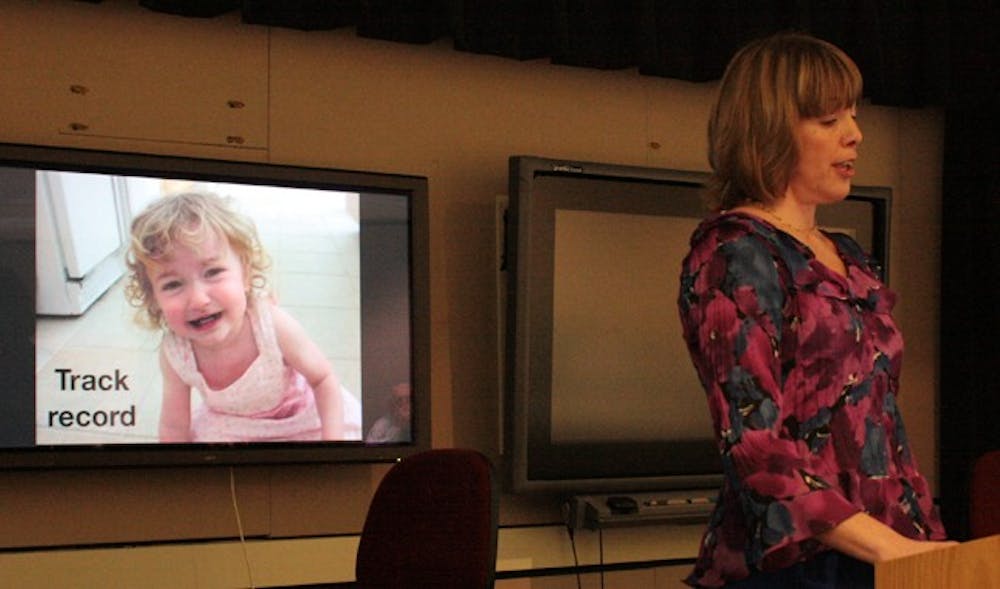On Monday, Peabody Hall was the halfway point between Sakai and Blackboard.
About a dozen faculty gathered to address the transition, voicing their support of Sakai’s offerings while expressing concerns about transferring data and learning the new system by December 2012, when the University will fully turn its back on Blackboard.
Kimberly Eke, teaching and learning interactive manager for Information and Technology Services, presented Sakai’s features at the first of several public information sessions for the new platform. The sessions are open to students and faculty.
Faculty can register for group workshops or individual consultations on the Sakai blog, which also offers video tutorials and frequently asked questions.
Eke touched on the transition and some of Sakai’s different features, including its ability to share information with people outside the school.
She said a program called bFree, which pulls content from Blackboard and uploads it directly to Sakai, should be available by midsummer.
Eke said no one is required to use Sakai, but hopes that its new features will encourage more faculty to participate. She said only 35 percent of all courses use Blackboard — a stable but small level.
She said Blackboard was developed primarily to manage courses, while Sakai is more focused on a research collaboration platform, which better suits UNC.
“A lot of these things have to do with the unique context of the university,” Eke said.



